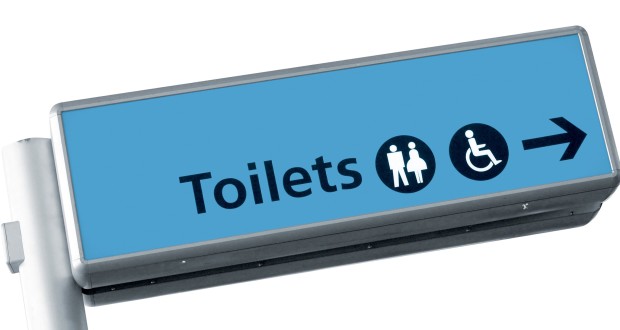Published: June 2, 2014
Overactive Bladder (OAB)
Women are at an increased risk for bladder control problems during and after the menopause transition. About 33 million Americans have overactive bladder (OAB) and 40 % or those affected by (OAB) are women.
For those affected by (OAB), their lives can be ruined by it. Their normal daily activities and relationships may be affected by it. They may have fear associated with even leaving their house. They may plan trips around the availability of bathroom facilities, and they may have to carry around spare clothes to change in, if a “gotta go” accident occurs.
Many women are embarrassed to discuss this problem with their clinicians and loved ones. They put up with the disrupting symptoms. And, and a lot of women lack information that there are behavioral modification techniques and treatment options that will help (OAB).
Bladder problems should not be seen as inevitable part of the aging process. It is important to overcome embarrassment and report the problem to your clinician so that assessments can be made and treatments can be started.
What is Overactive Bladder (OAB)
Overactive bladder (OAB) is a condition is caused by bladder muscles that are overly active or irritated. It’s sometimes called irritable bladder or detrusor over activity. The reason it occurs is sometimes not understood. However, it is often worsened by estrogen deficiency at menopause.
Symptoms of OAB include:
- Urinary frequency (need to urinate 8 or more times a day, or two or more times at night).
- Urinary urgency (sudden, strong need to urinate immediately)
- Urge incontinence (leaking or gushing of urine that follows a sudden, strong urge)
- Nocturia (waking up at night to urinate)
Behavioral Modification Techniques to Help Your (OAB)
Here are some strategies for managing an Overactive Bladder:
Keep a Diary – Write down your fluid intake; the number of times you had to go to the bathroom; and record it If any accidents have occurred after you were laughing, sneezing or coughing.
Watch Your Diet
- Avoid foods or beverage that may worsen bladder symptoms:
- Coffee
- Tea
- Alcohol
- Caffeinated soft drinks
- Spicy foods and acidic foods
Weight Loss– Being overweight may contribute to bladder control problems as it puts pressure on your bladder. So lose weight, if you are overweight
Stop Smoking – It irritates bladder muscles and if you have a smoker’s cough, this can cause leakage.
Fluid Restriction But Drink Plenty of Non-Irritating Fluids – 3 to 4 glasses of liquids per day, but limit those starting 3 hours before going to bed.
Begin bladder retraining – By retraining bladder muscles you can hold urine better. Your clinician will teach you methods that should help you postpone voiding and control urinary urges.
Pads – Use absorbent pads made for incontinence.
Kegel Exercises – Are pelvic floor exercises that help strengthen the muscles and tighten the ligaments at the base of the abdomen. These exercises should be done every day to see results.
Vaginal Cones – These devices are small and held in the vagina aimed at helping you identify which muscles contract when you are doing Kegel exercises.
Electric Stimulation – Helps to retrain pelvic floor muscles.
Biofeedback – Teaches you to control and contract pelvic floor muscles.
Scheduled Time Voiding – Trains the bladder to empty less often by scheduling times you go to the bathroom lengthening time that you have to go to the bathroom.
Injections and Medications – There are a variety of options your clinician can discuss with you.
Surgery – Your clinician should discuss surgical options with you.
 Red Hot Mamas In Charge of Change.
Red Hot Mamas In Charge of Change.

